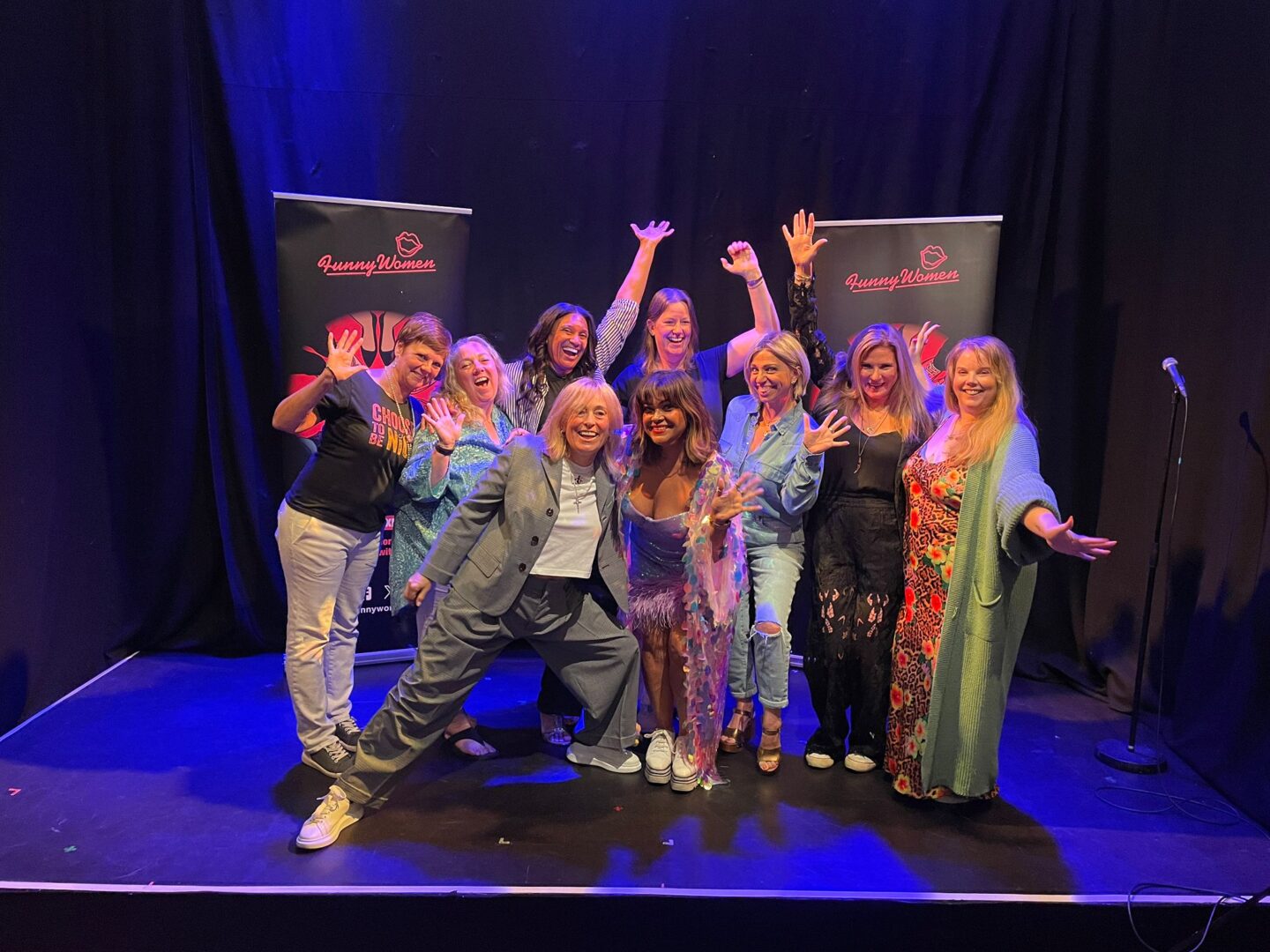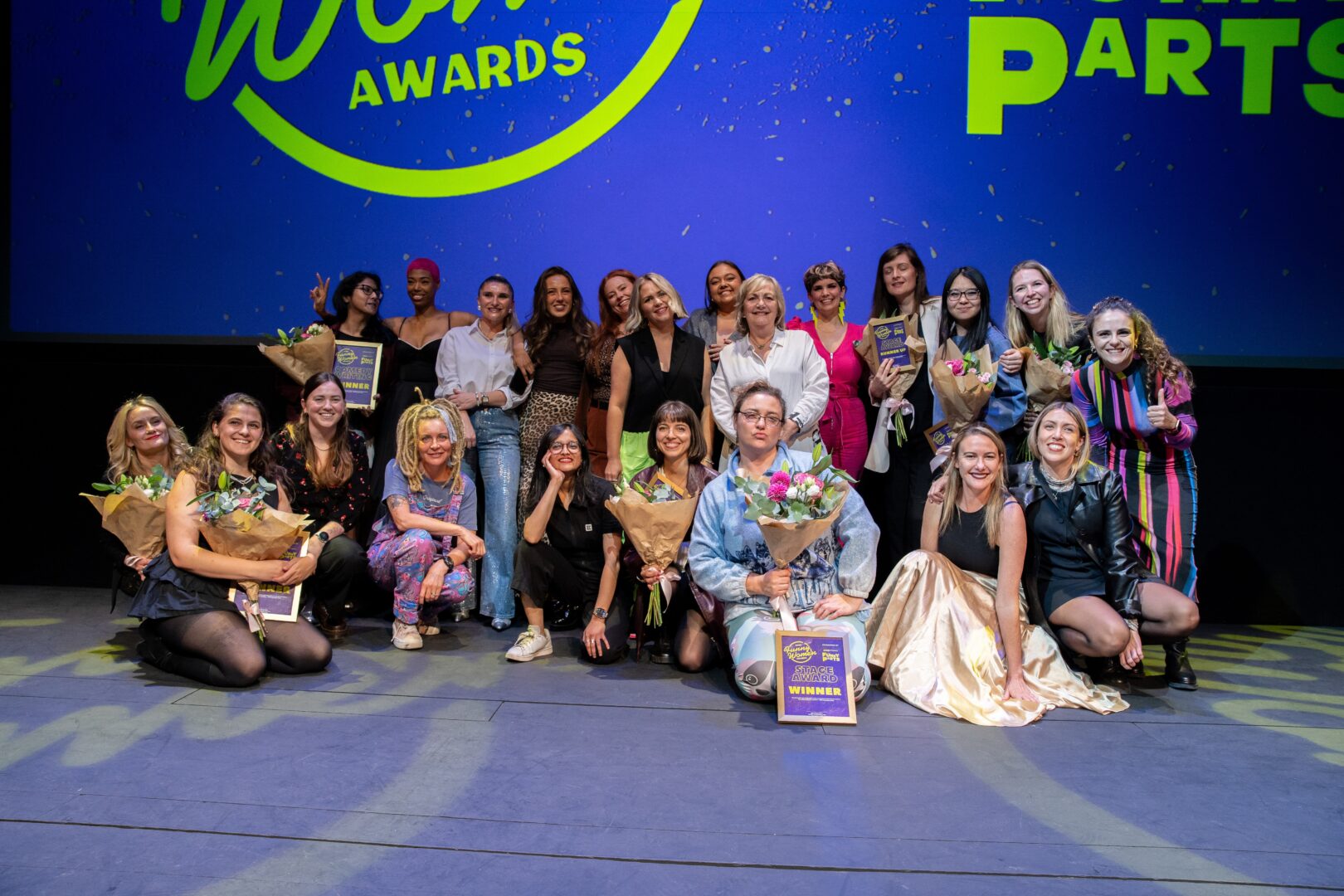At the moment, my fellow filmmakers and I are facing so many issues that creating film-work seems almost an abstract concept. Even if you are able to have the time and focus to get into a creative mindset; what on earth can you create when you are so limited? Your locations are probably just your home and maybe a park and let’s face it your crew is limited to your partner, your mum or your dog – if you’re lucky! So, does this mean we can’t make any comedy shorts this year?
May I suggest that we let one of my favourite comedy mediums to work in, come to the rescue? Animation! For every generation that has had access to cinema and TV, animation has been one of their collective sources of joy. From early cartoons in cinemas like Felix the Cat via Disney features, TV series such as The Flintstones and The Simpsons, Adult Swim offerings to internet classics like Salad Fingers and Happy Tree Friends, animation has been one of the most effective media for comedy. In fact, the first animated film was 1906’s comedy Humorous Phases of Funny Faces, ever since, animation has played a massive part in the history of comedy.
What makes animation so perfect a vehicle for comedy is the ability to craft completely. One of the keys to great joke writing success is how you set up the world of the joke. For stage comics that’s by verbally painting an imaginary scenario, carefully choosing the exact words, timing and phrasing to give an audience a certain understanding of a situation only to suddenly turn that expectation on its head with the punchline. When directing comedy film, you have to think what part the location, the set, the actor’s physicality and voice, the props, the costume or the lighting etc. is playing in the story you are creating. But when animating you can create a new world from scratch. You can start with the literal bare bones of a stick figure and whatever you choose to do with them or add in the way of movement, expression, location etc is yours to be manipulated to enhance the comedic effect.
Animation has been so historically successful with children and teens because of is its ability to portray pared-back morality tales and communicate emotion. Animated faces are perfect for exaggeration – letting us clearly understand exactly what that a character is supposed to be feeling. And caricatured bodies and features can really hammer home the message of what that character is supposed to be satirising, ie the clumsy, unrefined bodies of Fred Flinstone, Homer Simpson, Peter Griffin parodying the concept of the American everyman of their eras.
Exaggerating traits and creating such absurd unreal worlds also allows taboos to be broached in a way we find more palatable – Stewie Griffin would never be a character allowed in live-action, but in animation it is more acceptable as he is clearly not real. These unreal worlds and fantastical creations can bring to life our fascination with the inconceivable – either by exploring the unpalatable (Stewie Griffin, Roger the Alien), by allowing us to create human allegories or draw parallels to human societies via the non-human (Bojack Horseman, Wall-E, Tom and Jerry, Bugs Bunny, Spongebob et al) or letting us explore life’s more mindboggling concepts (space living in The Jetsons, the multiverse in Rick and Morty etc).
One of my favourite finalists in the Comedy Shorts Awards was Black Square by Stevie Cooke (2018) where an emoji reveals that it is not only able to talk but has thoughts and feelings! When asked for advice about animation, Stevie suggests: “you don’t need to be able to draw or have technical skills. All you need is imagination and a camera and you can make some really fun stuff. I make everything using my iPhone and edit the stills together in iMovie. It’s a fun medium to explore, and you can be completely self-sufficient, so it’s a perfect medium for lockdown film making!”
In a previous article about the 2020 Awards, we saw Writer and director Tamzin Rafn had created her first-ever animation in this lockdown and has now created the sequel. Tamzin echos Stevie’s sentiments “I think the best thing about doing animation is that the free software is so easy to use that a technical dud like me can master it and that there is nothing more enjoyable than the prep of walking round your house for days on end wondering what you can turn into a teeny tiny something. These two films cost me precisely zero pence to make. Can’t say fairer than that, eh?”
Global animation producer and founder of the organisation Animated Women UK Lindsay Watson suggests checking out this video for recommendations on the best free 2D software. If you’re a complete beginner and fancy dipping your toes in the imaginary water here is a list of great user-friendly apps for phone and tablet. Watson says: “While I’m not officially endorsing any of [these] links or products, you can usually find a ‘style’ of animation you like, Google it to find out what the style is called and find a free video with instructions on how to make it. An important part of animation production for a first-time animator is testing how long it takes to create a few seconds of finished product, this video will help you work this out for different styles of 2D (flat surface) and 3D animation. But it doesn’t have to be perfect – making people laugh is the most important part!”
At the moment there are lots of free or low-cost animation courses UK Screen Skills always has new courses that are free and/or affordable; 2D Animation Software company Toon Boom provides online courses; Adobe is offering free trials of its programme currently online; people often use Adobe After Effects and Animate for their projects. For the kids, Pixar is also offering a wonderful free course Pixar in a Box. For more animation inspiration check out my series Heroes of Animation.
The Comedy Shorts Awards deadline is midnight 30th May. To register, click here!










